What is a file's coarseness?

The term ‘coarseness’ refers to how rough or smooth a file is.
Coarse, or rough files, have their teeth spaced far apart, whereas fine, or smooth files have their teeth much closer together. Files are produced in a variety of different coarseness to cater for a range of different uses.
This is to give DIYers control over both the speed at which the file removes waste material, and the smoothness of the finish that it leaves behind.
For more information, see: What effects do cut and coarseness have on filing?
How is file coarseness measured?
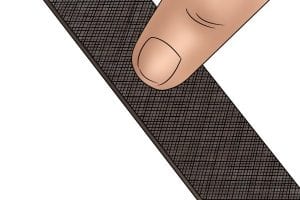
Coarseness can be measured in teeth per inch but, conventionally, they are measured using one of two different systems: Swiss pattern and American pattern.

Swiss pattern files use a numbering system that moves from the coarsest, 00, through 0, 1, 2, 3 and 4, to 6, which is the finest.
For more information on this type of file, see: What is a Swiss pattern file?
American pattern files use a different system, using specific terminology. From smoothest to coarsest, these are: dead smooth, smooth, second cut, bastard and coarse.
For more information on this type of file, see: What is an American pattern file?
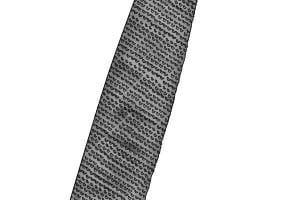
The coarseness of rasps can be measured in the same way as American pattern files, but may also use a unique rasp grading system.
For more information, see: What is a rasp’s coarseness?
How coarse a file should I choose?
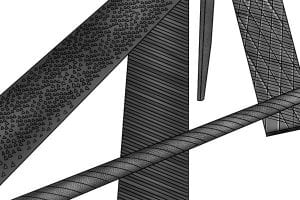
The degree of coarseness you will need will vary depending on whether you’re sharpening, finishing, shaping or deburring, as well as the type of file you’re using.
For more information, see: Which type of file or rasp should I choose?
How do American and Swiss pattern files measure up?
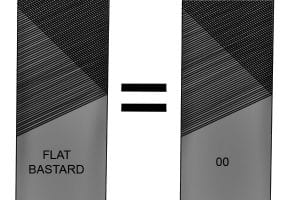
Even though the ways that the coarseness of American and Swiss pattern files are described seem vastly different, there are three grades that are equivalent to each other, listed below:
American ‘bastard cut’ is equivalent to Swiss ‘grade 00’.
American ‘second cut’ is equivalent to Swiss ‘grade 0’.
American ‘smooth cut’ is equivalent to Swiss ‘grade 2’.
So why not just measure file coarseness in teeth per inch?
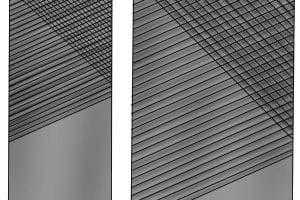
As much as that might seem like a simple solution, the overall coarseness of a file varies depending on its size. For example, a 300mm (12″) Swiss pattern, grade 2 cut file has less teeth per inch than a 150mm (6″) file of the same cut.
Using this system therefore allows files to be classified by the finish they leave on a material, rather than by the number of teeth per inch that are cut onto them.






